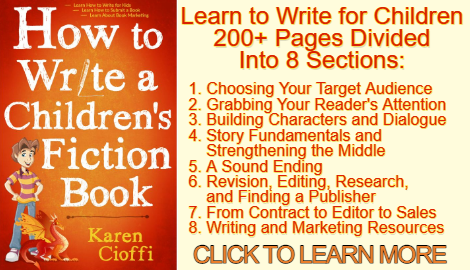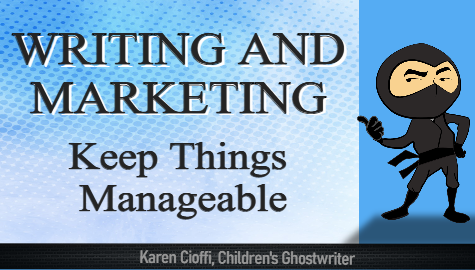I saw a great illustration on the importance of small steps on LinkedIn. It showed two ladders, one had the rungs very far apart - too far to be able to step up. The other ladder had the rungs close enough together to be able to climb up the ladder. It’s steps small enough to be manageable that will allow you to complete each step and keep moving forward. Shaun Hick said, “If you concentrate on small, manageable steps you can cross unimaginable distances.” WRITING So, how might this apply to writing? Well, if you’re a new writer and want to be a novelist, it may be best to start with short stories. It’ll give you the opportunity to see how a story rises, peaks, and descends into resolution without the pressure of writing a full novel. You’ll also be able to see how to create an engaging character and how the character arc works. The same holds true if you’re writing for magazines. Instead of shooting for a major publication, why not try for a small one first. Not only will it ease the stress, but you’ll have a much better chance of being accepted. It’s getting tougher and tougher to get writing contracts. Do all you can to be a step ahead. You’ve got to do the work. It’s important to keep things manageable. Small steps help you keep moving forward. If you make your steps too big, like the rungs on the first ladder, you won’t be able to manage them - you won’t be able to move forward. It’s best to make them bite-size, doable. This goes for goals too. BOOK MARKETING Every author needs to know about book marketing. Well, let me clarify a bit. Authors need not just be aware of book marketing, but they need to actually work at it. As with writing, it’s important to create manageable book marketing steps You might first create a plan. Here are the first few steps to include: 1. Create a quality book. This means knowing at least the basics of writing, including story arc and character arc. 2. Create an author website or have someone do it for you. Whether you intend to self-publish your books or are seeking an agent or traditional publisher, you absolutely need a website. Here’s an article on what you need on your author website. 3. Create social media accounts and USE them. If you don’t already have accounts, get started today. Social media drives traffic (people) to your website. Create posts on your website and share them to social media. You can also create CTAs (call to action). An example is below.

4. Create an Amazon Author page. You’ll include the books you have for sale on Amazon. You might also consider creating a Goodreads account. 5. Create an email list. This is called email marketing and it makes your marketing personal. It’s the only book marketing strategy that allows you to connect personally to your readers / subscribers. This creates loyal fans and is a great way to sell your books directly. You’ll need an email service and a CTA, but it’s not difficult to do. For a helpful resource on exactly how to build your subscriber list, check out Email Marketing Right V2. Summing it up. This is the bare minimum basics for book marketing. Don’t let it feel overwhelming. Take it one step at a time and do it in manageable steps. Like Hick’s said, if you do it in manageable steps, you’ll be amazed at the things you can accomplish. Remember the tortoise and the hare story? A slow and steady pace and keeping your steps manageable is what will bring you to your goal.
I’m a working children’s ghostwriter, rewriter, and coach. I can help turn your story into a book you’ll be proud to be author of, one that’s publishable and marketable. Contact me at: kcioffiventrice@gmail.com. Or, you can give me a call at 834---347---6700 Or, if you’d rather do-it-yourself, check out my book, How to Write a Children’s Fiction Book.


